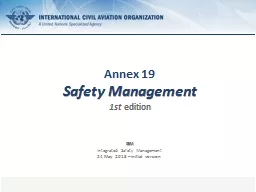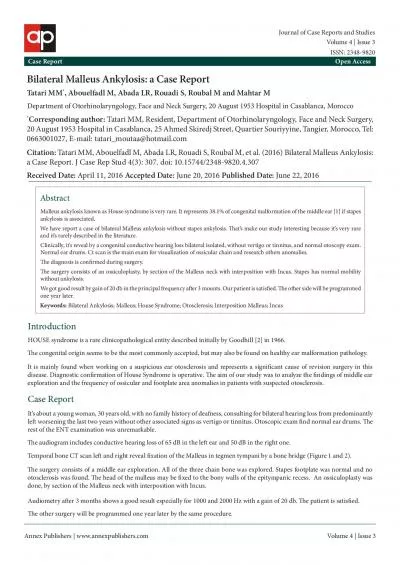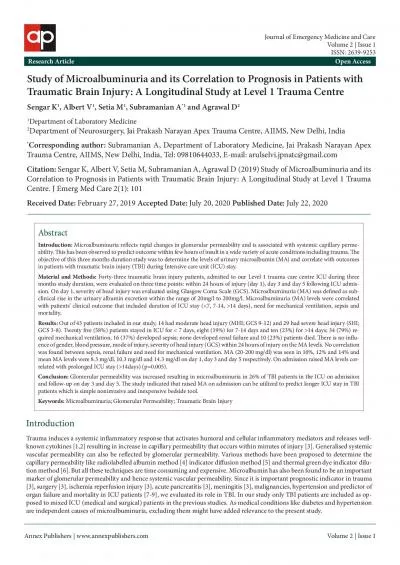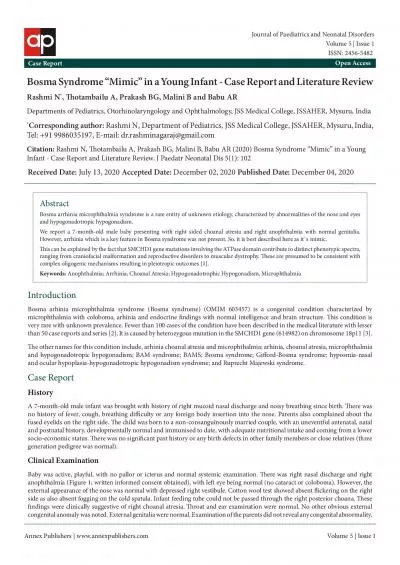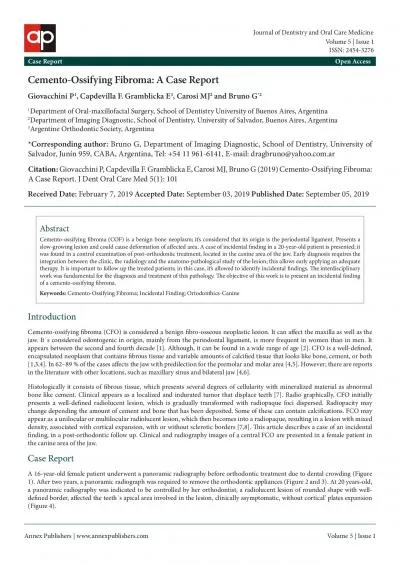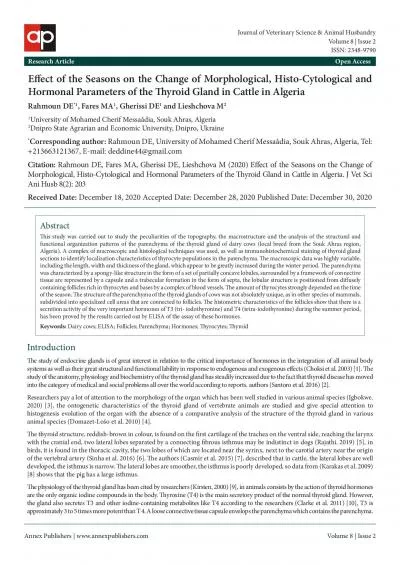PDF-Annex Publishers wwwannexpublisherscom
Author : dora | Published Date : 2022-08-21
Volume 3 Issue 1 Introduction 31e E30ect of Cardiopulmonary Resuscitation Quality on Cardiac Arrest Outcome Adel Hamed Elbaih 12 and Zeyad Khaled Alissa 3 1 2 Associate
Presentation Embed Code
Download Presentation
Download Presentation The PPT/PDF document "Annex Publishers wwwannexpublisherscom" is the property of its rightful owner. Permission is granted to download and print the materials on this website for personal, non-commercial use only, and to display it on your personal computer provided you do not modify the materials and that you retain all copyright notices contained in the materials. By downloading content from our website, you accept the terms of this agreement.
Annex Publishers wwwannexpublisherscom: Transcript
Download Rules Of Document
"Annex Publishers wwwannexpublisherscom"The content belongs to its owner. You may download and print it for personal use, without modification, and keep all copyright notices. By downloading, you agree to these terms.
Related Documents





